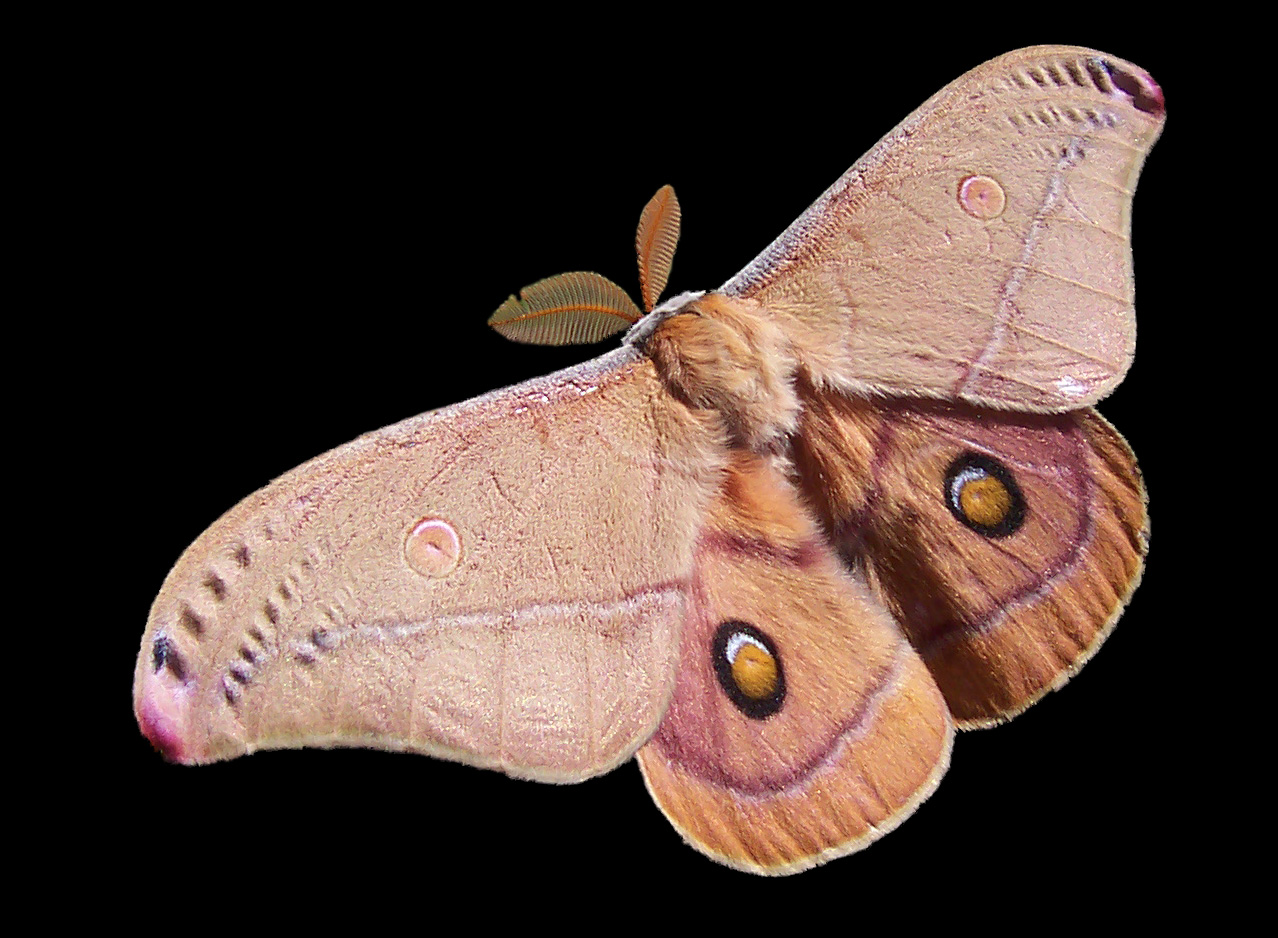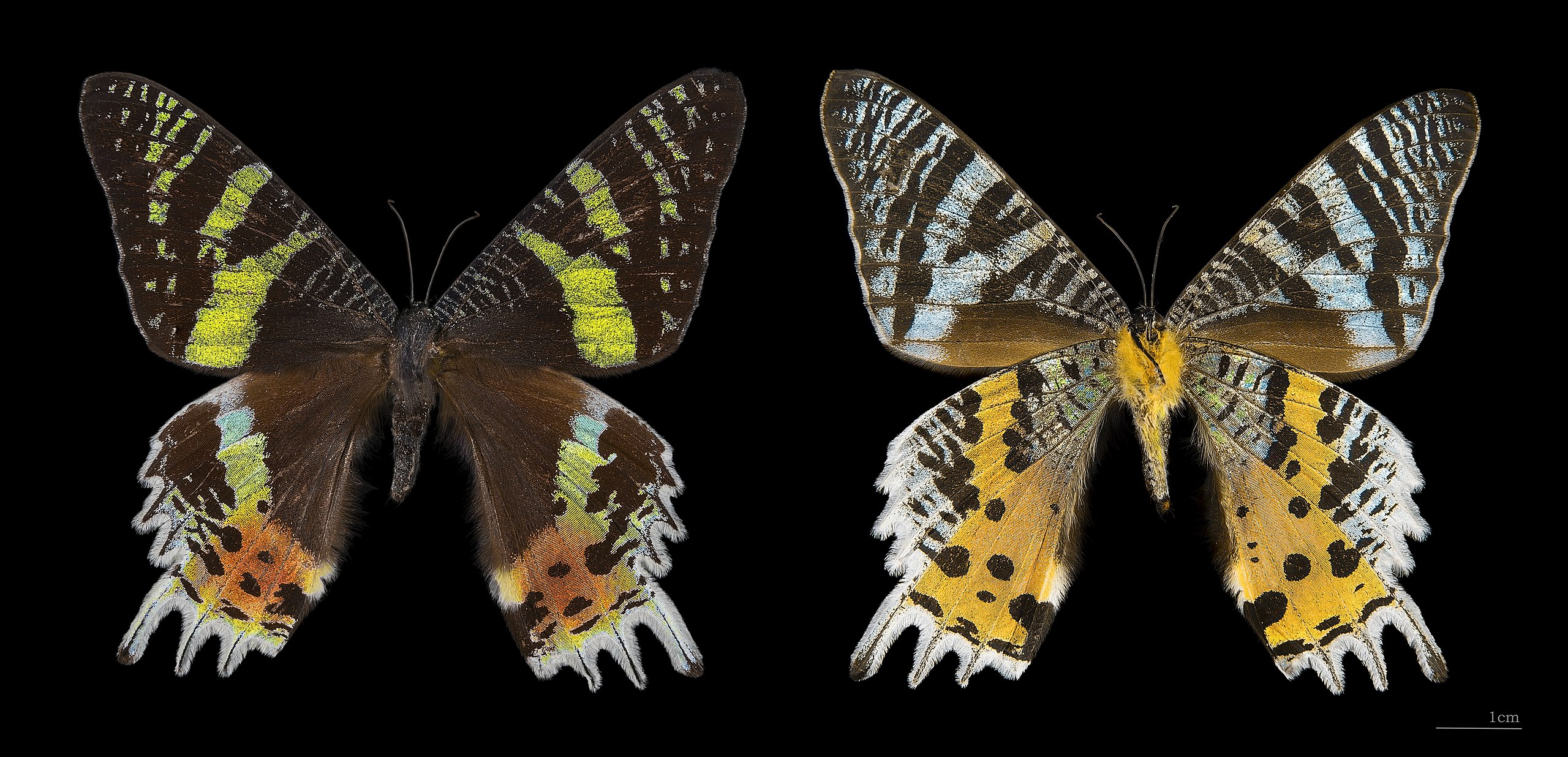 |
| Creatonotos gangis. Thanks for the nightmares, Skerples. |
Like an emerald, Larothe shifts in the sunlight. It's hot and humid, and gharials and jaguars lounge about the stone canalsides and arcades that are submerged half the year. Creeping vines and hardwoods and drakeblood trees cling to the tops and sides of the buildings, and wiry men and women in undyed clothes pole thin canoes called sculs to market and out in the river, which is wide and placid enough to be called a lake. But the most striking thing any newcomer notices, stinking and sweating and usually fever-eyed, are the moths.
 |
| Opodiphthera eucalypti. |
Dozens, hundreds, thousands of moths. They cover the city in a shifting mosaic of life. Species from all across the known world congregate in Larothe. The grinning, twitching moth-priests scratch themselves until they bleed and smile with teeth black with rot and lacquer and say that the River Moth gathers them here because they are his children.
 |
| Thaumetopoea pityocampa. |
(There are no butterflies. Swarms of normally-placid moths find them and rip them apart as soon as they get within a rough three-mile radius of the city, leaving only gently floating vibrant wingscales on the breeze.)
 |
| Laothoe populi. |
The moths are the lifeblood of the Larothi. They breed hunting moths the size of footballs, rigged with razorblades on their abdomens and blinders on their compound eyes, caterpillars the size and furred-texture of bison that never pupate. They scrape them from walls and mash them into a grey paste called uir gran that is used as a protein sample in every household. Larothe fashion is dictated by moth and by tedium; the sumptuous, shimmering clothes of the rich are sewn in mandalas of moth-scales, painstakingly plucked from still-living wings in religious ceremonies. At night, huge black vampire moths use their delicate needle-claws to draw blood from sleeping people and livestock (mosquito nets are a very necessary expense in Larothe), and huge nymph-pupae swim in the murky water like antlions, their blind faces seeking flesh to rend and devour with their immense mandibles.
 |
| Thysania agrippina. |
Nominally, the King of Larothe holds dominion over the city and the satellite settlements that provide maize and rice to the metropolis, but the real power lies with the moth-priests. The kings have been elected by a council of apotheosis-seeking priests since the Dawn of Dusted Sun, and the populace knows it. Religious holidays are observed without fail, and divergence is punished with exile to the inverted tower. Outsiders are exempt from these laws until they reside in the city for 10 months and 10 days.
 |
| Attacus atlas. |
The River Moth
Part god, part bogeyman. The moth-priests revere and revile it, and pray that it stays away during the driest time of the year, when the river recedes and the entrance to the inverted tower is revealed and yawns like a dead mouth. Swarms of moths circle over its top day and night, and some say you can read your fortune in their gyrations. No one has seen it, but every year it appears in dreams to some in the city, who are blessed with the Mark of the Moth, vertical welts down the face. It always looks huge and dark, with too many limbs and eyes and mouths, and with four huge, fluttering wings. It has an affinity with the moon.
To appease the River Moth, the devout smash open the still-living skulls of capuchin monkeys and smear the brains across the lentils and frames of their doors. The Moth passes them by, but the brains must be reapplied every other night until the river rises back up to the Third Mark, and the tower is filled with water once again.
 |
| Acherontia atropos. |
The truth is that the River Moth isn't real, or at least isn't a physical being. It is a shared hallucination brought on by the chemical dust that falls from the wings of the Actias rursus, a flesh-eating moth that flutters over sleeping victims. The dust has a soporific and pruritian effect on the victim; they suffer strange, feverish dreams and begin scratching at their faces and heads until they scratch through their skulls and into their brains, which the moth then eagerly drinks up. This is called the "itching illness".
The priests take this dust and apply small amounts to their bodies to grant them the dreams of their god, and they leave their wounds open to offer sustenance to other fluid-drinking insects. They look like junkies in living cloaks of fluttering wings.
 |
| Utetheisa ornatrix. |
Things to Procure in Larothe
The people of Larothe trade and barter, or use deathshead moth wings as currency, but they'll except your silver and copper. Larothe is a crossroads, remote as it is, and you can find pretty much anything there, but here are a few things you'll need in the jungle.
- A scul. Holds 2 people and a small amount of gear. Goes pretty fast, and is really maneuverable.
- A hunting moth. Eats fresh meat, ferocious, dies in two weeks. AC as hawk, d6 razor damage.
- Mosquito net. Good for preventing malaria and having your brain eaten.
- Silkworm armor. AC as studded leather, but takes up no inventory space and breathes in the jungle heat.
- Grubslinger. A specialized slingshot that launches live larvae at enemies.
- Earworm. Comes in pairs. One crawls in your ear, the other is shot at an enemy. Slowly enters the victims ear canal and takes up residence. They vibrate at the same frequencies; you can hear what the enemy hears, but their voice is subsonic and only comes through as deep rumbling.
- Lead moth. Clings to the victim and starts gaining density, weighing down their swings.
- Sawbird pupa. The young form of a vicious, piranha-like moth, coated in microscopic iron-hard teeth. Rotates in the air like a buzzsaw, does 3d6 damage.
- Lipid moth. Confusing, spiralling, fractal. Too many legs and bends. It seems to dissolve into the skin and eats the fats out of the victim's body over the course of a week. Save vs wasting away, or lose 1 Con per day until you die.
- Hoien ul. A lamp on a ten foot pole, shines a bright, nearly-white light for 60 feet. Draws every goddamn moth in the jungle; used by priests in ceremonies for new initiates.
- Cocoon of the Fluttering Saint. The only mortal to attain apotheosis, the Fluttering Saint became a mixture of man and moth and flew up to live on the moon. His cocoon has been shredded, and thieves regularly sneak bits of it out. If you eat it, gain infrared vision for 1d6 hours. Save vs mutation or begin slowly dissolving into moths.



No comments:
Post a Comment